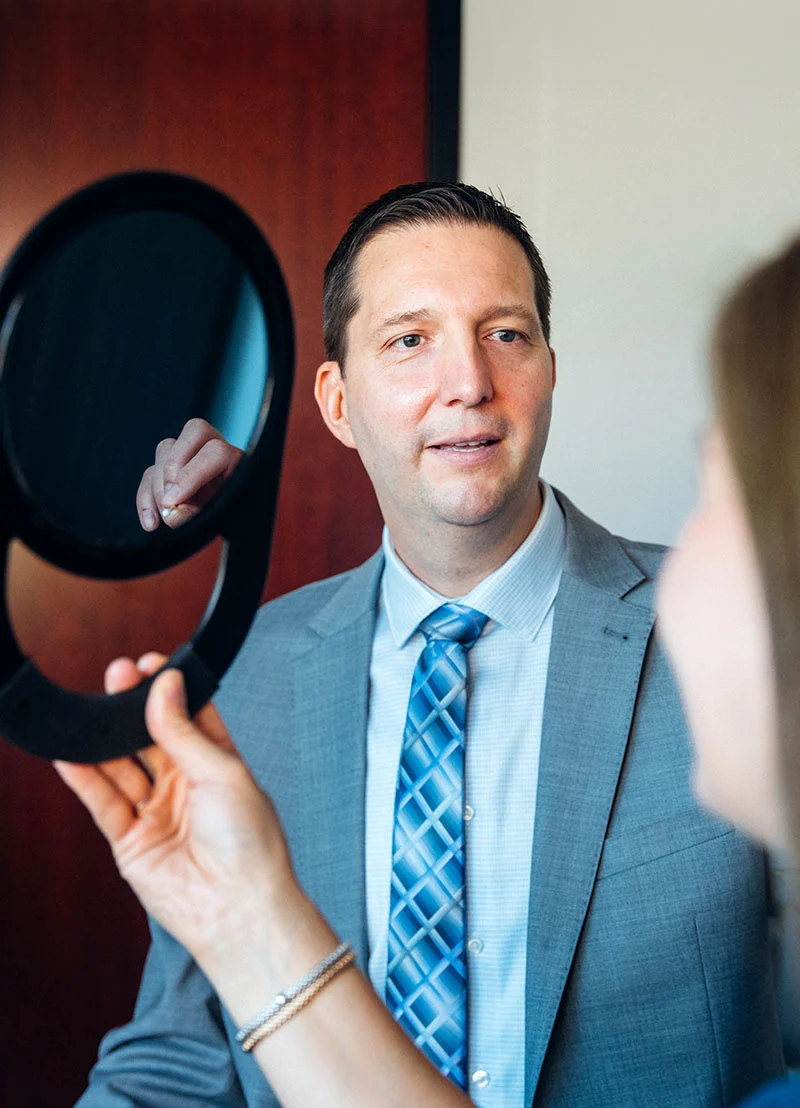What is Tear Duct Surgery?
Tear duct surgery is an ophthalmologic procedure that corrects malfunctions in the tear duct, such as excessive tearing, infection, or obstruction. Patients may experience watery, irritated eyes and chronic eye infections when tears cannot drain normally.


